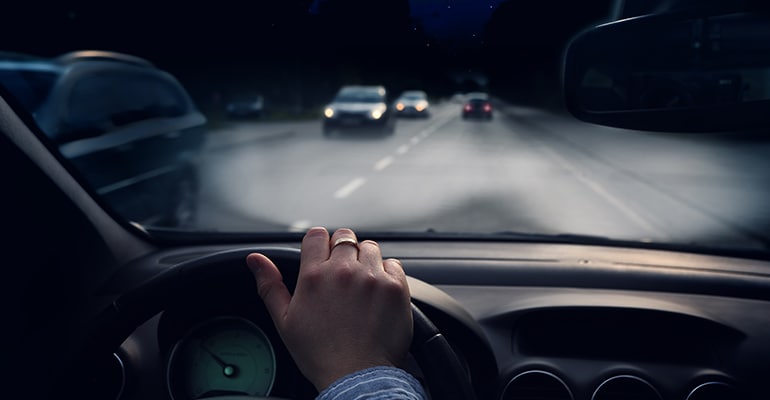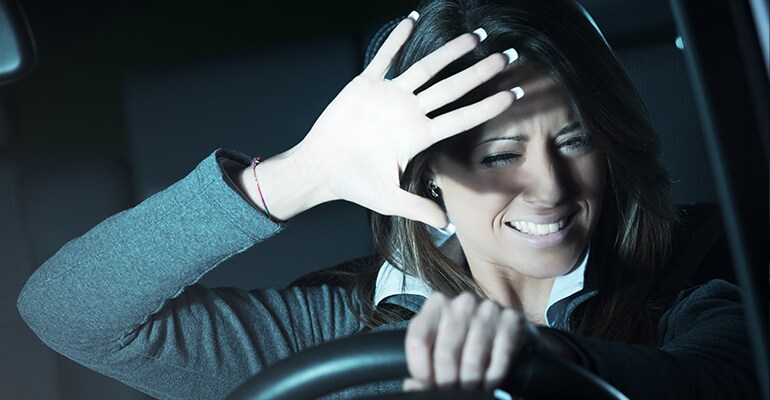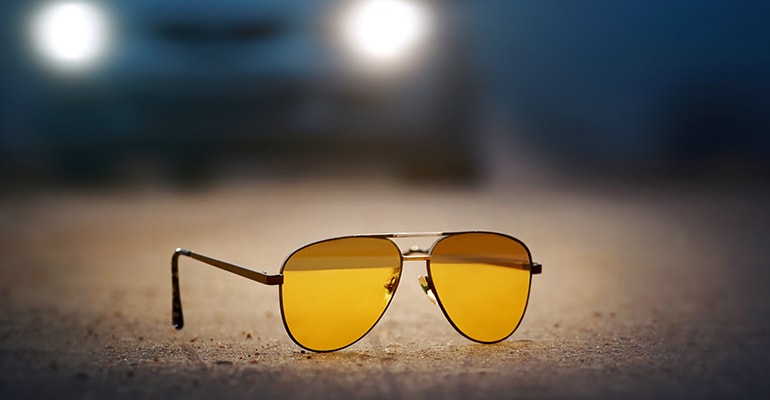Everything You Need to Know about Driving at Night
May 07, 2023
Everything You Need to Know about Driving at Night
When driving at night, the drivers could see only a limited amount due to the darkness. Although there are headlights to illuminate the vehicle, the range and brightness of illumination is limited. And during driving, the lights shake, making it difficult to judge the road situation, and you may even get an illusion. Therefore, this requires the driver to maintain mental concentration, and over time it is easy to produce fatigue.

The Problems of Night Driving
Drivers are often disturbed by glare and bright light. Especially when driving at night, Once we encounter a vehicle on the opposite side of the road with high beams on, and the high beams shine directly into our eyes, making it impossible to keep our eyes open, we become cranky.

According to statistics, 40% of drivers who drive all year round have night blindness, myopia, fear of light and other symptoms. Traffic accidents caused by fatigue driving account for about 20% of the total number of accidents each year, and more than 40% of the large traffic accidents, 30% of which are due to visual reasons.
Hazards of Glare
Glare is one of the biggest hidden dangers for people driving at night, because the light from a strong light source into the eyes will form a bright light curtain after scattering in the direction of the retina, superimposed on the original clear visual scene, making the background brightness increase and contrast instantly decrease. That's what glare does to their visual function.
Human eye vision at night or relatively dim light environment as the pupil dilates, the imaging quality will gradually decline. At this time, the ability for distance judgment, clear and precise focus will be significantly reduced.
And as the brightness decreases, the visual cone cells responsible for perceiving color and light and dark become increasingly insensitive. As a result, the eye's ability to perceive color also decreases, which in turn leads to the eye's inability to accurately capture objects in its field of vision. Driving under such conditions can be very dangerous.
Precautions to Take When Driving at Night
1. Keep all windows clean and clear, including the inside of the windows. Don't neglect the inside of the windows which are easily put less attention to.
2. Always make sure the wipers are in good working condition. If they are broken, you need to be replaced immediately.
3. Always keep your headlights clean and in the brightest condition so that you can get enough brightness in your field of vision.
4. If you wear eyeglasses, please make sure to keep them clean.
Eyeglasses Suitable for Driving
1. Night driving glasses
(1) Night driving glasses with glare reduction composite multi-layer coating, effectively reduce glare, blinding glare so as to provide a good vision in the low light conditions.
(2) Night driving glasses effectively absorb high-energy harmful blue light which does damage to the retina in order to meet the needs of blue light protection in life. At the same time, it plays an important role in maintain the secretion of melatonin in the body as well as a normal physiological clock.
(3) Night driving glasses automatically adjust the light intensity, soften the strong light, brighten the weak light, balance between strong and weak light, increase the contrast between day and night vision, reduce the interference of day and night glare, so that the vision in dim light is still bright and clear.

2. Blue light blocking glasses
Blue light blocking eyeglasses can effectively block harmful blue light into the eyes, greatly relieving eye fatigue and other discomfort. They can reduce harmful blue light. The lenses that block blue light can reduce about 30% of blue light. This filters the short-wave blue light and retains the beneficial blue light, which is more scientific for the human body. Blue light blocking eyeglasses help eliminate glare from road and car lights, thus providing for a perfect drive.
3. Polarized glasses
Polarized lenses are lenses that only allow light from a specific polarization direction in natural light to pass through. Because of its light filtering effect, seeing things with them will be darker. In order to filter out the harsh light of the sun shining in equal directions on water, land or snow, a special coating in the vertical direction is added to lenses which are called polarized lenses.
When driving, the recognition of red and green lights will produce a huge chromatic aberration, and may even be unable to recognize the red and green lights. Therefore, it is best to choose polarized sunglasses for driving.